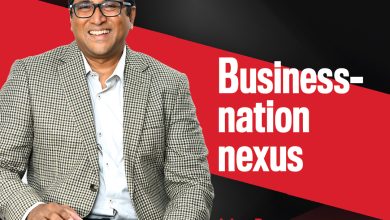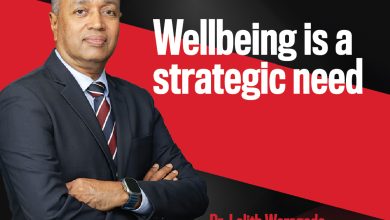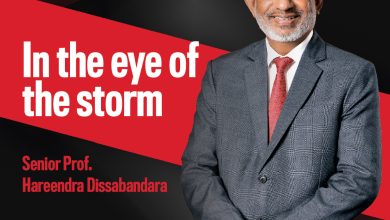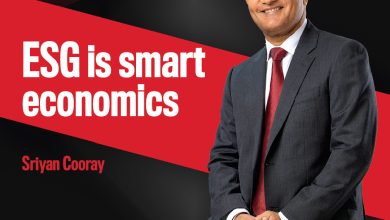ASPIRATIONAL WORKPLACE
Beyond pay and perks
Ravi Jayasekera
“Tuning into employee sentiment and designing meaningful experiences are key to shaping an aspirational workplace”
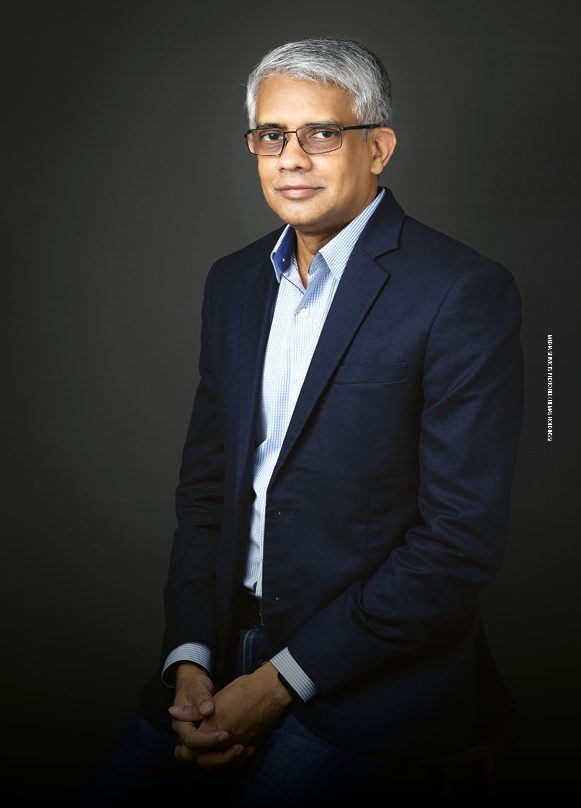
As the workplace continues to evolve, organisations must move beyond competitive pay and polished branding, to truly attract and retain top talent. For Ravi Jayasekera, the concept of an aspirational workplace is central to how companies can stand out and sustain success.
“An aspirational workplace is one that people genuinely want to be a part of, not for the sake of a job or money but because what it does and stands for truly resonates with them,” he explains.
Jayasekera presents six core pillars for employers to focus on – viz. making it clear that the company stands for something bigger than profits and rallying employees around this purpose; being honest and transparent in all communications; showing genuine interest in employee aspirations and investing in their growth; ensuring leaders role model company values; setting ambitious goals; and creating psychologically safe spaces where employees are seen, heard and valued – regardless of their roles or levels.
EMPLOYEE DYNAMICS He believes that creating such environments is more important than ever, especially as workforce demographics continue to evolve. Millennials and Gen Z are entering and rising through the workforce with very different expectations, compared to Gen X leaders who currently dominate senior roles.
“Younger generations care deeply about growth, doing work that feels meaningful and being recognised for who they are as individuals. They’re not merely looking for a job; they are looking for purpose, learning, and a place where they feel seen and valued,” Jayasekera asserts.
In today’s competitive job market, pay and benefits are no longer sufficient, he avers: “They are seen as basics. What truly sets companies apart is whether people believe they can grow, make a difference and be part of something bigger.”
SHARED RESPONSIBILITY Jayasekera believes that high performance and growth are two sides of the same coin – you can’t have one without the other. He asserts that a high-performance culture is built by setting bold goals, communicating them clearly and supporting people to deliver.
“And when individuals go above and beyond, it’s important to recognise and reward them in meaningful ways – not only with words but by means of differentiation too,” he adds.
Professional growth however, is a shared responsibility. Employees must be willing to invest time and effort in their development, while employers should provide opportunities, coaching and support.
Jayasekera suggests that development should be embedded into performance discussions so that evaluations aren’t only backward looking but future focussed too.
EMPLOYEE LOYALTY He maintains that the nature of loyalty itself is changing: “There has been a shift of employee loyalty from companies to causes. This change is driven by two forces – first, the reality that many organisations reward performance over tenure; and second, younger generations entering the workforce no longer have expectations of long-term employment with one company.”
He claims they’re not looking for lifetime employment but for experience and exposure, which will help them reach their full potential. Leaders have a critical role to play to inspire and retain employees in such an environment.
FEEDBACK MECHANISMS An aspirational workplace can’t be assumed; it must be measured from an employee’s perspective. Jayasekera stresses the importance of listening and feedback at every stage of the employee journey.
“When individuals think about joining an organisation, they no longer look at the role and salary alone. They speak to friends or former employees to determine what the company is really like – i.e. what the culture is, how its leaders behave and how employees are treated,” he explains.
Therefore, the experiences of current and former employees are powerful, he adds: “If they’ve had a good experience, they become your best ambassadors. However, if they haven’t, they can share negative views that may dissuade good people from joining.”
He concludes: “Tuning into employee sentiment and designing meaningful experiences are key to shaping an aspirational workplace – both now and for the future.”

